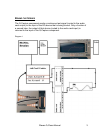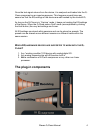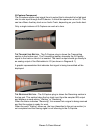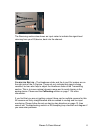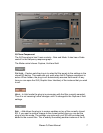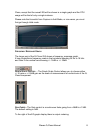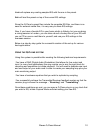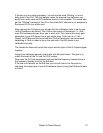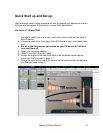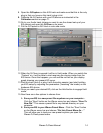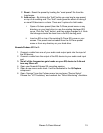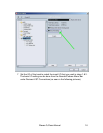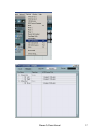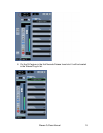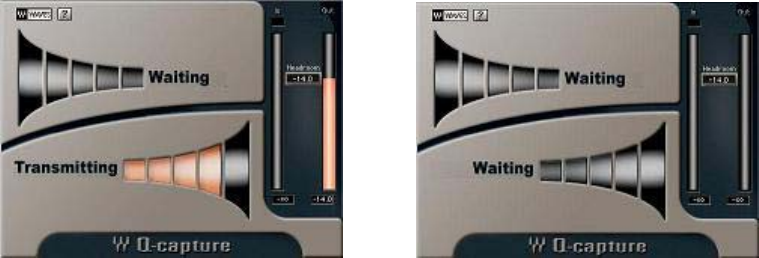
CALIBRATING:
In this section we will learn how to calibrate the Q-Clone with our Hardware EQ in
order to achieve the best cloning results.
First, we should explain “Headroom”.
Every electronic channel, digital or analog, has a maximum signal level that it can
pass. Attempting to exceed this typically results in hard clipping, where the
waveform is leveled off flat when it reaches the limit. The maximum level is much
more difficult to define for analog tape machines than in digital recording. In
analog machines, a higher recording level can be obtained by accepting some
distortion on signal peaks. This is possible because it is low-order distortion,
generating mostly third order harmonics. Hard clipping such as that which occurs
in electronic circuitry or digital storage generates lots of high-order harmonics
which are far more obtrusive. Hard clipping is not normally detectable if it is very
brief (about 1 millisecond) but if sustained it sounds very unpleasant. Both in
recording and in live music, the level of signals arriving is not entirely predictable.
It is optimal to have some margin of safety between the "usual" operating level
and the point where clipping occurs.
In calibrating the Q-Clone we want to achieve a nominal output level
(Transmitting signal) and input level (Receiving signal) into your EQ hardware.
To calibrate the Q-Clone you first need to set up your hardware EQ with the plug-
in in your Audio host application (as explained in your host application set-up
chapter, below).
When the connection is right (and everything is set as explained in the
instructions) you should see the word “Receiving” in the top part of the Q-
Capture and the word “Transmitting” at the bottom part of it.
or
Waves Q-Clone Manual
11



